Looking to the Dutch could be the key into seeing how long a coalition of political forces could take to iron out how to rule after Germany’s extremely close election this past Sunday. Olaf Scholz, leader of the center-left Social Democrats narrowly beat the center-right Union bloc’s candidate Armin Laschet, who was the choice to take over the party after Merkel, now Germany needs to look at how the Netherlands dealt with coalition building to see the way forward. The Associated Press has the story:
With both German parties finishing with well under 30% of the vote, the keys to power are in the hands of two oppositions
THE HAGUE, Netherlands (AP) — As Europe’s economic powerhouse Germany embarks on the task of piecing together a new ruling coalition after Sunday’s knife-edge election, observers need only look to its neighbors, Belgium, and the Netherlands, to see how tricky the process can be.
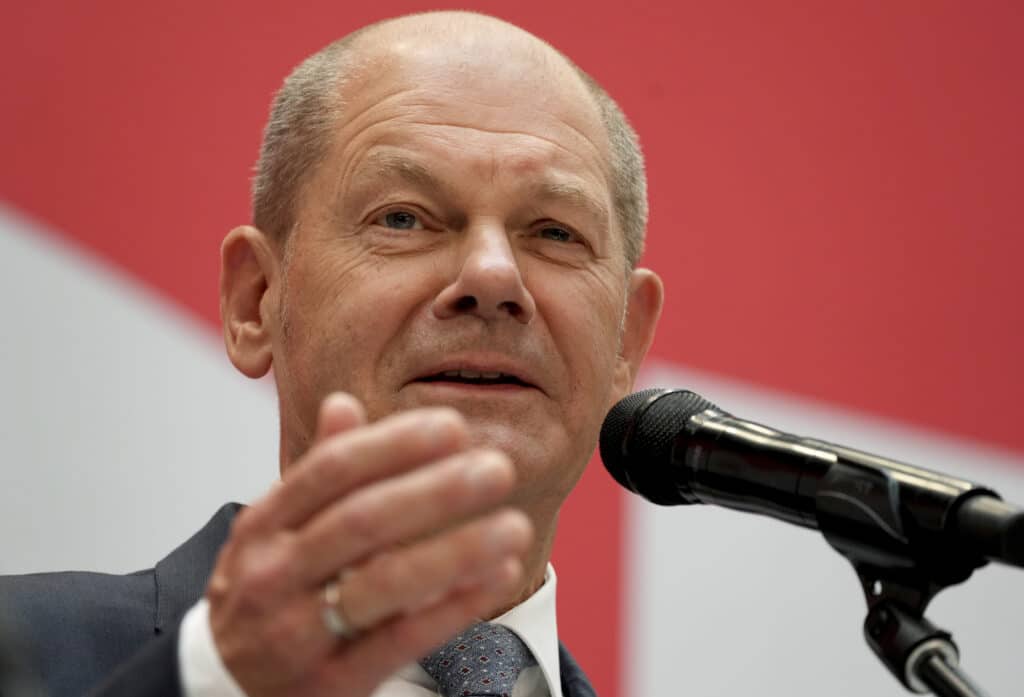
Olaf Scholz, leader of the center-left German Social Democrats that narrowly beat outgoing German Chancellor Angela Merkel’s center-right Union bloc on Sunday sounded upbeat the morning after the vote.
“My idea is that we will be very fast in getting a result for this government, and it should be before Christmas if possible,” Scholz told reporters in Berlin. “Germany always has coalition governments and it was always stable.”
But with both parties finishing with well under 30% of the vote, the keys to power appear to be in the hands of two German opposition parties — raising questions over the stability of a future government.
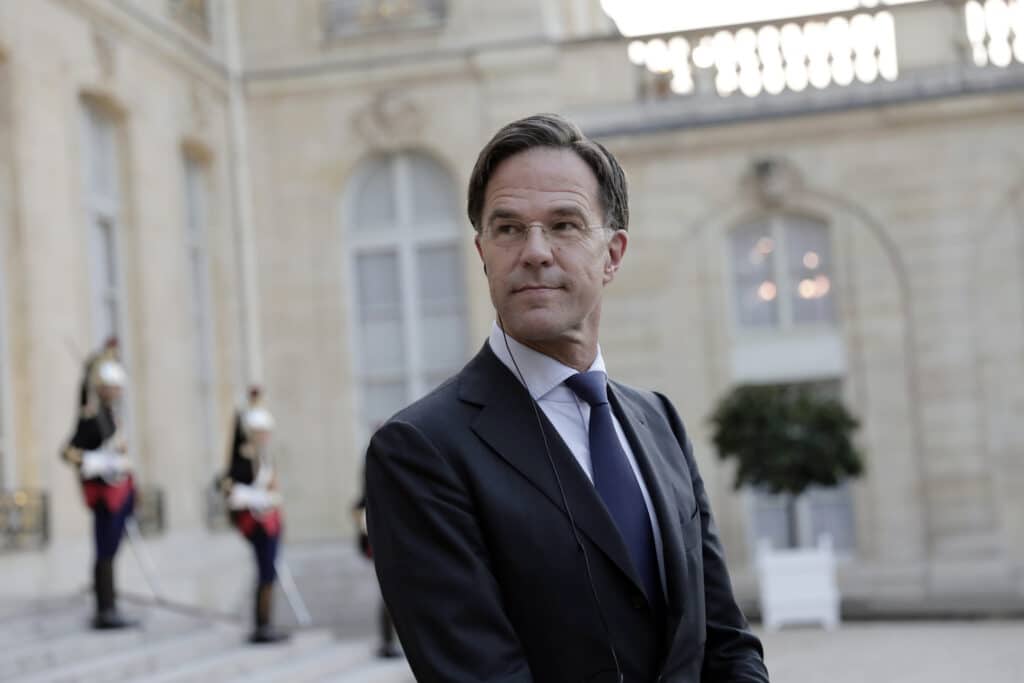
The Netherlands has a similar history with coalition building. Dutch political leaders resumed meetings this week — again — in a bid to find a constellation of parties willing to rule the country for the next four years. They’ve been at it — on and off — for more than six months now and no end is in sight.
Leaders of the largest parties have failed to cobble together a coalition able to command a majority in the lower house of parliament and are now looking at forming a minority government. So far, no possible coalition has gained enough traction to even merit moving to the next phase of negotiations, hammering out a policy blueprint for the next four years.
Sigrid Kaag, leader of the centrist D66 that won enough seats in the election to become the second largest party in parliament behind Prime Minister Mark Rutte’s conservative VVD, said Sunday: “I don’t have a magic wand.”
Even so, she attempted to breathe new life into the negotiations by saying she is prepared to sit down for talks with six parties, including the faith-based Christian Union. Her party had previously ruled out a coalition with the Christian Union because of their opposing stances on issues including euthanasia and assisted suicide.
“Conventional wisdom in negotiations is that you should never be the first to move. The famous saying: don’t blink first,” Kaag said in a speech Sunday. “But I’m going to do it.”
Whether it leads to a breakthrough remains to be seen.
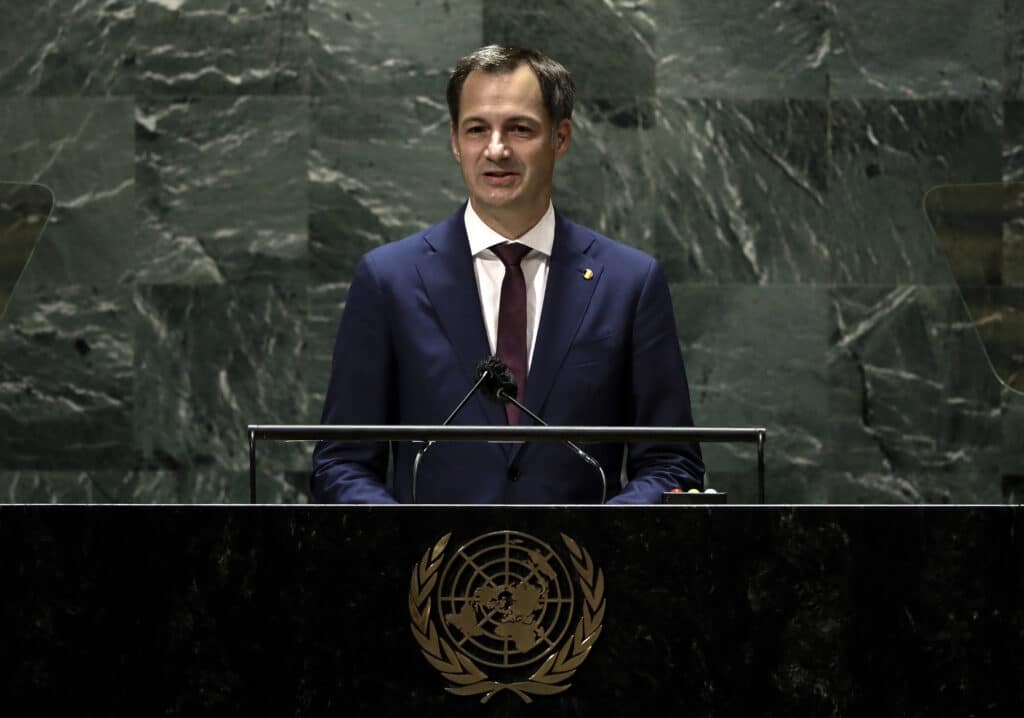
If the Dutch look like they’re dragging their heels, just across the German border, Belgium, with its linguistic and regional divides, has perhaps Europe’s most unenviable post-electoral record.
Prime Minister Alexander De Croo’s government was formed on Oct. 1, 2020, ending almost 500 days of talks, caretaker cabinets and a minority coalition rubber stamped to see the country through the start of the COVID pandemic.
But even that marathon process fell short of the Belgian record that was set in December 2011, when a government was finally cobbled together after 541 days of negotiations.
The low countries are not the only nations that have wrestled with piecing together a coalition from a splintered and polarized political landscape.
Throughout Israel’s 73-year history, no single party has ever controlled the parliamentary majority. That has resulted in a string of coalition governments, usually led by the largest party in parliament.
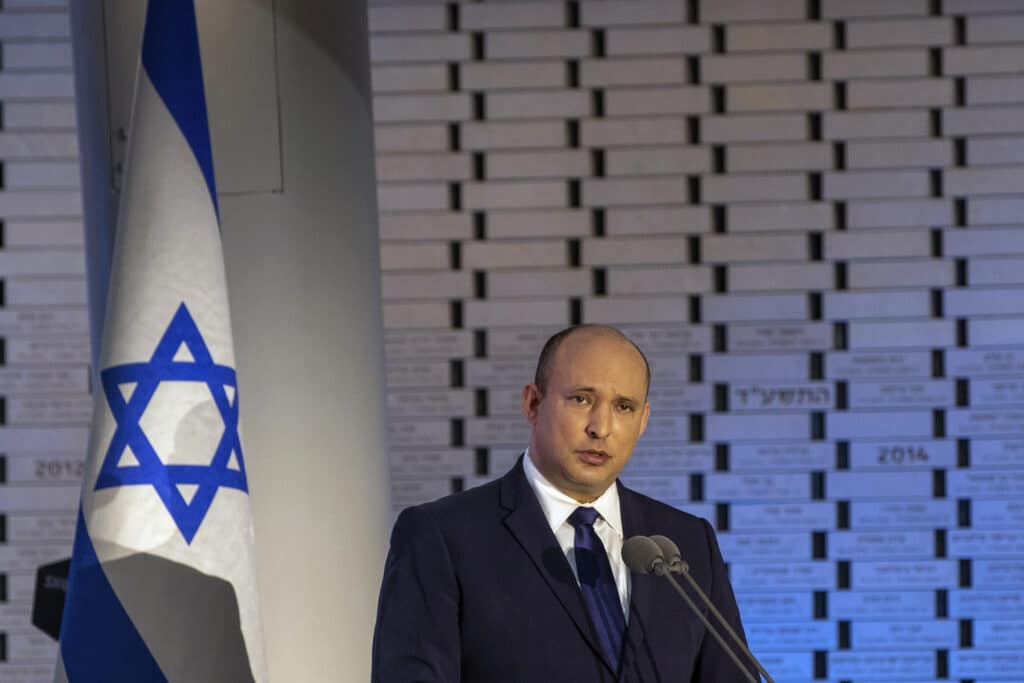
In some cases, coalitions are comprised of partners with similar ideologies on key issues like relations with the Palestinians. But many times, rivals must make concessions and reach compromises in order to work together.
Israel’s current government, however, is unlike anything seen before. Formed after four inconclusive elections in two years, it includes eight parties spanning the spectrum of Israeli politics, from hard-line ultranationalists that oppose Palestinian statehood to dovish parties that support a two-state solution with the Palestinians and, for the first time in Israeli history, an Arab party.
Naftali Bennett, leader of a small hard-line religious party, is the current prime minister, but in two years, he has agreed to swap places with Foreign Minister Yair Lapid, head of a larger secular, centrist party. The parties have so far managed to work well together, focusing on issues where there is common ground, such as the economy, while largely avoiding more contentious issues like the conflict with the Palestinians.
Germany may have fewer parties at the negotiating table, but with the Social Democrats only narrowly beating Merkel’s center-right bloc on Sunday, the leaders of both are laying claim to leading the next government.
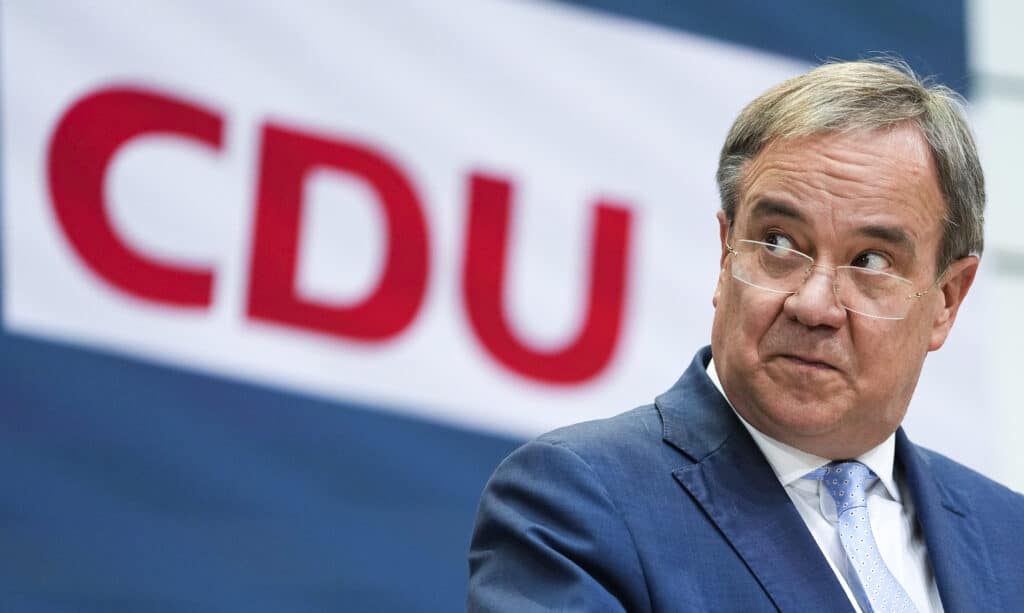
This much is clear: Whether Scholz or Armin Laschet of Merkel’s party succeeds the veteran German Chancellor, they will likely have to enlist the support of the environmentalist Greens and the business-friendly Free Democrats — parties that traditionally belong to rival ideological camps.
The Netherlands and Belgium, with their history of post-election coalition building, have found ways of running their countries without a fully functioning government. In The Hague, Rutte’s outgoing four-party administration has been in caretaker mode since the March 17 election, taking only essential decisions and making no major policy changes beyond what has been necessary to battle the COVID-19 pandemic.
The same is true for Germany, where Merkel’s government will remain in office while talks continue to forge a new coalition, and that could take some time. After all, the previous German election was on Sept. 24, 2017, but it was March 14, 2018, before the Bundestag elected Merkel for her fourth term.
By MIKE CORDER
Lorne Cook in Brussels and Josef Federman in Jerusalem contributed to this report.






